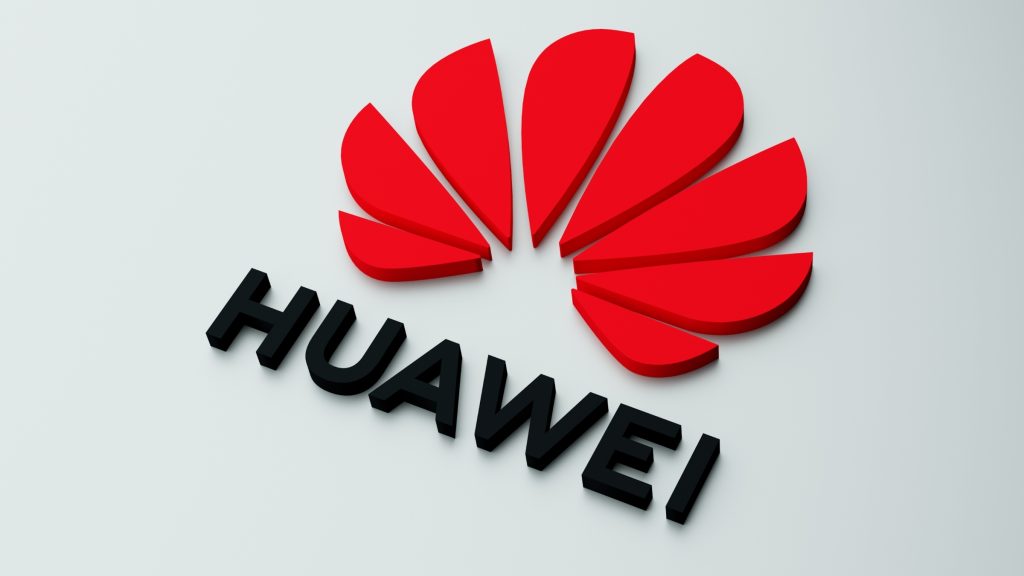
Huawei, despite facing U.S. sanctions, launched NearLink, a first-of-its-kind short-range wireless technology better than traditional wifi connection.
- It combines the best aspects of Bluetooth and Wi-Fi, delivering lightning-fast, reliable, and energy-efficient wireless connections.
- Based on specs alone, NearLink is ideal for smart home systems and industrial automation.
On September 25th, despite the infamous U.S. backlisting, Huawei debuted its long-anticipated short-range wireless connection technology, NearLink.
NearLink leverages the strengths of traditional wireless technologies like Bluetooth and Wi-Fi, delivering a significantly faster, more reliable, and energy-efficient alternative.
Compared to Bluetooth, this new technology is six times faster at transferring data from one digital device to another. Couple that with the incredibly low delay before the transfer begins (1/30th of a millisecond), NearLink becomes ideal for augmented reality (AR) and virtual reality (VR).
More practically, it supports up to 10 times more group connections than Bluetooth, making it well-suited for multi-device applications like smart home systems and industrial automation. Bonus point, it offers a 60% reduction in energy consumption, contributing to sustainability in an increasingly interconnected world.
To put it into perspective, imagine you are trying to download a large file from your phone to your computer. With Bluetooth, the download would take about 1 minute. With NearLink, the download would take about 10 seconds.
For a more unique application, imagine you are playing a multiplayer VR game. With Bluetooth, there would be a noticeable delay between the actions you take and what you see on the screen. With NearLink, however, the delay would be so minimal that it would be virtually imperceptible.
The Chinese tech giant aims to make NearLink as useful as Bluetooth across a range of scenarios, including consumer electronics, smart homes, electric vehicles, and industrial smart manufacturing.
It is my understanding that Huawei’s technology can fortify digital security. Let’s say you are the type to have a NearLink-enabled smart lock on your front door. As you approach the door, your smartphone and the smart lock exchange challenge-response messages over NearLink. If these messages are valid, then the smartphone and the smart lock know that they are authenticating with each other. The smart lock then unlocks the door for you.
Sink or swim, right? And swim they did.
Truth be told, the U.S. sanctions on Huawei have had a significant impact on the company.
They went full steam ahead into connectivity, giving us important milestones like NearLink.
The fact that Huawei, despite the hurdles, managed to reach this first-of-a-kind tech really shows China’s commitment to research and development in the field of connectivity.
Besides, its usefulness in AR and VR has me wondering if Meta would be interested in it, considering Mark Zuckerberg is well-bent on making the Metaverse work.
Will the U.S. allow it? Or will it be seen as another Chinese threat?
Inside Telecom provides you with an extensive list of content covering all aspects of the tech industry. Keep an eye on our Tech sections to stay informed and up-to-date with our daily articles.